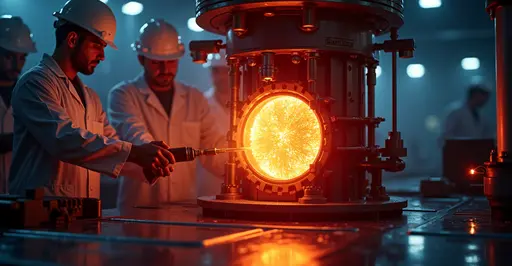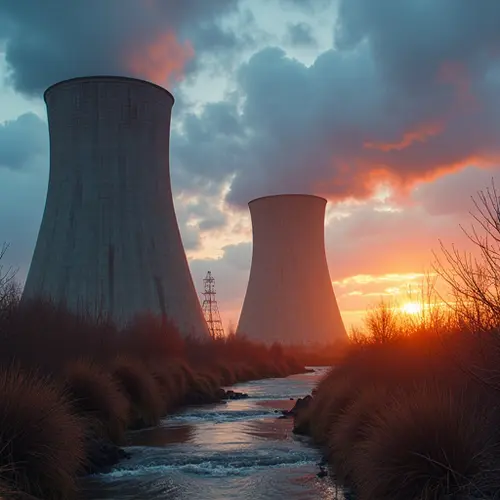Scientists achieved record net energy gain in fusion reaction, producing 4.1 megajoules using laser technology. This breakthrough advances clean energy prospects but faces engineering challenges before commercialization.

Historic Milestone in Fusion Energy
Scientists at the National Ignition Facility (NIF) have achieved a record-breaking net energy gain in nuclear fusion, producing 4.1 megajoules of energy on February 23, 2025. This marks the seventh successful ignition and represents the highest target gain ratio ever recorded.
How the Experiment Worked
Using 192 powerful laser beams focused on a peppercorn-sized capsule containing deuterium and tritium isotopes, researchers created conditions hotter than the sun's core. The lasers delivered 2.05 megajoules of energy, triggering fusion reactions that released 4.1 megajoules - nearly double the input energy.
Significance for Clean Energy
This breakthrough demonstrates fusion's potential as a virtually limitless energy source. Unlike fission reactors, fusion produces minimal radioactive waste and uses abundant fuel from seawater. The deuterium-tritium reaction remains the most efficient fusion pathway, releasing energy through helium and neutron byproducts.
Path to Commercialization
While monumental, this achievement faces engineering hurdles before becoming commercially viable. Key challenges include sustaining continuous reactions and developing materials resistant to neutron bombardment. Projects like ITER in France are working on magnetic confinement approaches to complement NIF's laser-based method.
Global Energy Implications
Successful fusion energy could revolutionize power generation, offering carbon-free electricity without long-lived radioactive waste. Major investments from governments and private companies like Helion Energy and Commonwealth Fusion Systems aim to demonstrate pilot plants by the 2030s.

 Nederlands
Nederlands English
English Français
Français Deutsch
Deutsch Español
Español Português
Português






